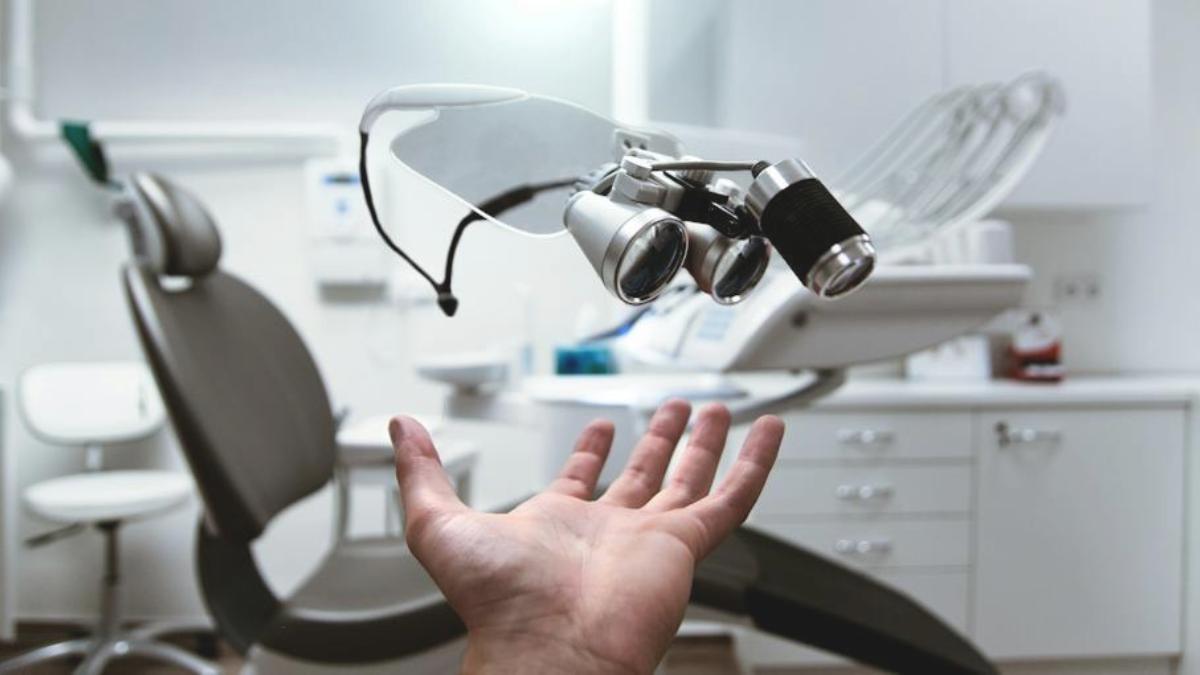VR Revolutionizing Patient Care and Medical Training

In the rapidly evolving field of healthcare, virtual reality (VR) has emerged as a groundbreaking tool, reshaping how medical professionals interact with patients and each other. Initially perceived as a novelty, VR has now found significant applications in various aspects of healthcare, offering innovative solutions to longstanding challenges. This analysis delves into the transformative role of VR in healthcare, highlighting its applications, benefits, and potential future developments.
Historical Context and Evolution of VR in Healthcare
VR’s journey in the healthcare sector began in the late 20th century, primarily as an experimental tool. The initial forays were focused on creating immersive environments for patient therapy and medical training simulations. Over the years, advancements in VR technology have broadened its scope and utility in healthcare. Key milestones include the development of more realistic simulations, the introduction of haptic feedback for surgical training, and the integration of VR with other technologies like AI and robotics, enhancing its effectiveness and applicability.
Current Applications of VR in Healthcare
Today, VR serves as a multifaceted tool in healthcare, with its applications extending across various domains. In surgical training, VR simulations offer a risk-free environment for surgeons to hone their skills and practice complex procedures. This not only enhances surgical precision but also reduces the training time. Additionally, VR finds extensive use in patient treatment and rehabilitation. For instance, it is employed in pain management, where immersive VR environments help distract patients from chronic pain, and in psychological therapy, particularly in treating conditions like PTSD. VR’s role in medical education is equally transformative. It provides medical students with a 3D view of human anatomy, enabling a deeper understanding that goes beyond textbooks and cadaver dissections. Furthermore, VR is instrumental in remote medical consultations and diagnostics, allowing healthcare professionals to interact and diagnose patients in virtual spaces, which is especially beneficial in rural or inaccessible areas.
Benefits of VR in Healthcare
The incorporation of VR in healthcare brings a multitude of benefits. For practitioners, it offers a safe and controlled environment for practicing surgical procedures, significantly reducing the risk of errors in real-life surgeries. It also enables the simulation of rare, complex cases, preparing healthcare professionals for a wide range of scenarios. For patients, VR enhances the treatment experience, whether through distraction techniques for pain management or through virtual reality exposure therapy for mental health issues. Moreover, VR aids in faster recovery and rehabilitation by providing engaging and personalized therapy sessions.
Challenges and Limitations
Despite its numerous advantages, VR in healthcare is not without challenges. Technical issues, such as the need for high-end equipment and software, can limit accessibility, particularly in low-resource settings. There are also challenges in seamlessly integrating VR systems into existing healthcare infrastructures, which often requires significant training and investment. Additionally, there are concerns about the potential for VR-induced side effects like motion sickness, which need to be addressed for broader acceptance and use.
The Future of VR in Healthcare
Looking ahead, the future of VR in healthcare is promising. With continuous technological advancements, VR is expected to become more immersive, interactive, and accessible. It could play a crucial role in personalized medicine, allowing for more precise and patient-specific treatments. There’s also potential for enhanced collaborative environments, enabling healthcare professionals from across the globe to share knowledge and expertise in virtual spaces. The integration of VR with other technologies like artificial intelligence and machine learning could further revolutionize patient diagnostics and treatment plans.
The integration of virtual reality into healthcare marks a significant step forward in the evolution of medical practices. Its applications, from training and education to patient care and rehabilitation, demonstrate VR’s potential to enhance, transform, and innovate. While challenges remain, the ongoing advancements in VR technology are steadily overcoming these hurdles, paving the way for a future where VR is an integral part of healthcare delivery. As healthcare professionals continue to explore and adopt VR solutions, the possibilities for improving patient outcomes and medical training appear limitless.
